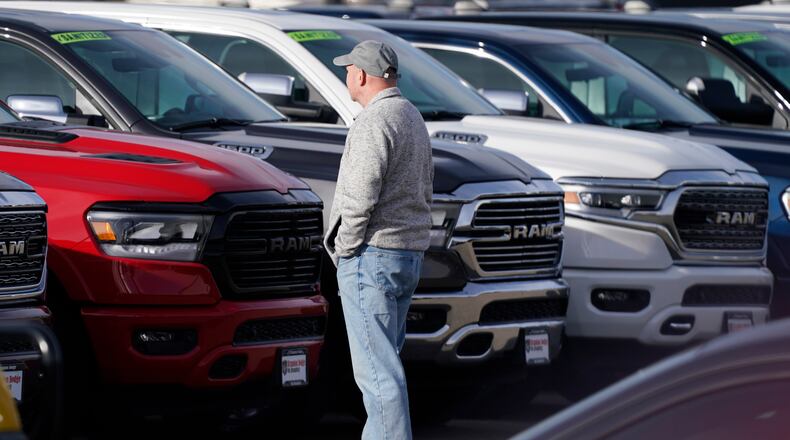Edmunds analysts note that full-size trucks and large SUVs are among the vehicle categories most disproportionately affected by these shortages. According to Edmunds data, full-size truck inventory was down by 60% in March compared to a year ago; the average transaction price for new full-size trucks is expected to climb to $54,763 compared to $51,164 a year ago, while the average transaction price for used full-size trucks is expected to climb to $34,445 compared to $28,156 a year ago. Large SUV inventory decreased 56% in March compared to last year; the average transaction price for new large SUVs is forecasted to climb to $67,542 compared to $62,620 in March 2020, and the average transaction price for used large SUVs is expected to climb to $35,035 compared to $31,232 a year ago.
“Full-size trucks and large SUVs have been a bright spot for automakers throughout the pandemic because of their profitability, but unsurprisingly these high-demand vehicles have also been the quickest to fly off the lot,” said Caldwell. “Unfortunately, these supply shortages translate to a bigger financial hit for automakers, and the Detroit Three are likely the most affected.”
In spite of these shortages, Edmunds analysts note that affluent consumers have continued to drive a significant portion of financed purchases throughout the first quarter of the year, as indicated by increases in average down payments and the average amount financed for both new and used vehicle purchases. According to Edmunds data, the average down payment for new and used financed vehicle purchases is expected to climb to $4,729 and $3,345, respectively, in Q1 compared to $4,246 and $2,679 a year ago. The average amount financed for new and used vehicles is expected to climb to $35,040 and $23,958, respectively, in Q1 compared to $33,594 and $22,200 a year ago.
“So far, automakers have been able to comfortably count on financially stable consumers focusing their spending on bigger-ticket vehicle purchases during the pandemic,” said Caldwell. “But as vaccines continue to roll out and consumers crave new experiences and products to spend their money on, automakers and dealers will need to prepare to get more creative in marketing the limited inventory that they have on hand.”
Edmunds experts advise consumers in the market for a new car to start shopping sooner rather than later, as they anticipate that the chipset shortage is likely to affect pricing and inventory through at least the second half of 2021.
“Americans looking forward to their newfound freedom this summer in the form of a road-trip vehicle should be doing their research now,” said Ivan Drury, Edmunds’ senior manager of insights. “The summer sales that consumers can typically look forward to might not look the same this year, and even with stimulus checks on the way, the only relief that price-sensitive car shoppers might find might be in lower interest rates and the increased value of their trade-in.”
